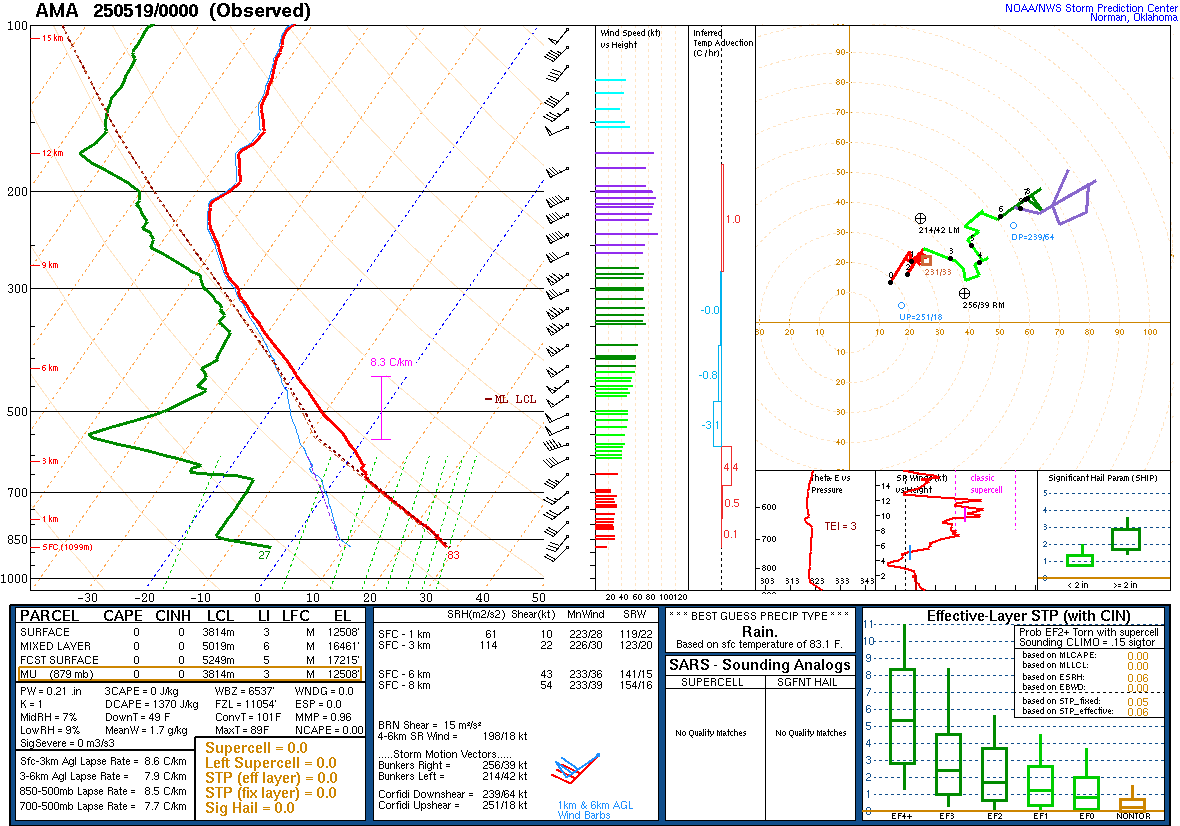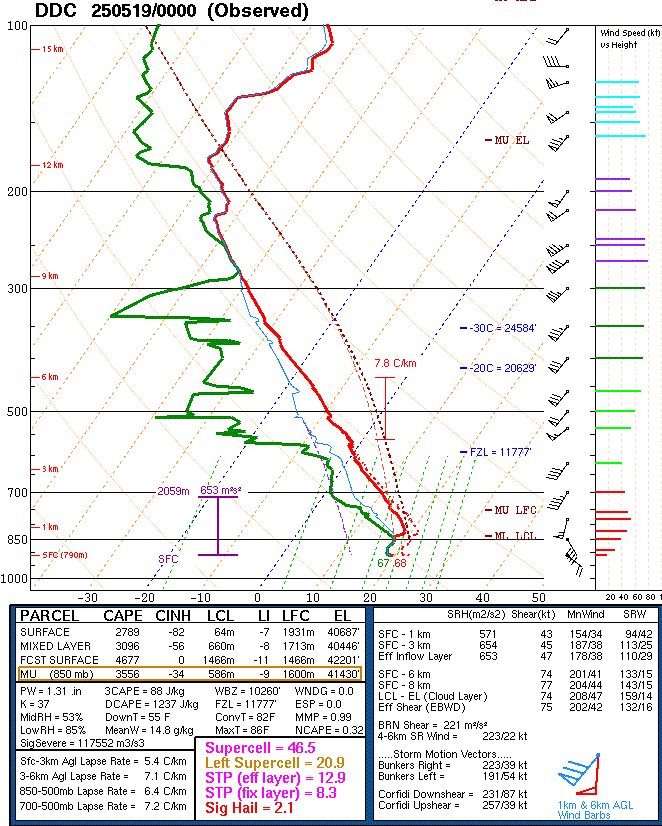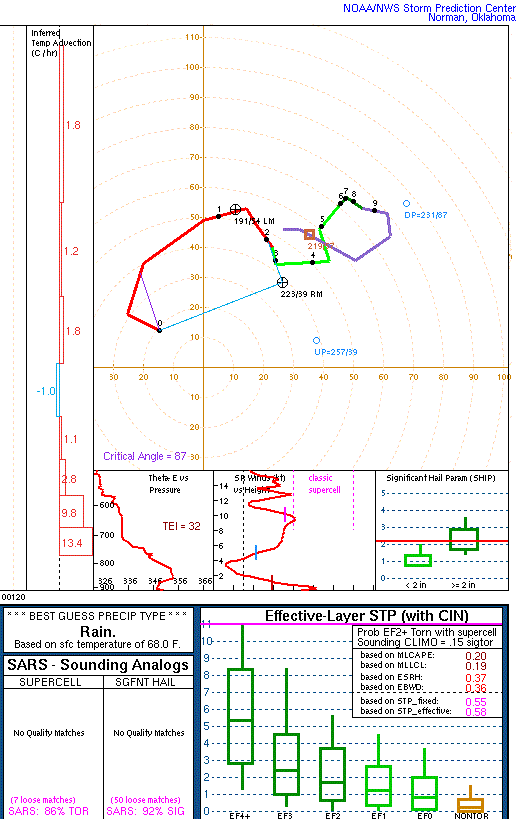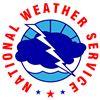Overview
Tornadoes
Select a tornado from the table to zoom into the track and view more information. The default table view is limited to 8 tracks, but can be scrolled by a mouse wheel or dynamically expanded. Additionally, the table can fill the entire window by clicking the small circular expanding arrow icon at the very top right of the table and returned to its original size by clicking the button again. The side information panel that opens over the map can be closed using the "X" on the upper right corner of the pop-up. Zoom into the map and click damage points to see detailed information and pictures from the surveys.
|
NOTE: times shown below are local to your device's time zone. |

The Enhanced Fujita (EF) Scale classifies tornadoes into the following categories:
| EF0 Weak 65-85 mph |
EF1 Moderate 86-110 mph |
EF2 Significant 111-135 mph |
EF3 Severe 136-165 mph |
EF4 Extreme 166-200 mph |
EF5 Catastrophic 200+ mph |
 |
|||||
| Tornadoes that fail to impact any ratable structures on the EF-Scale are rated EF-Unknown (EF-U) | |||||
Radar
Cheyenne County Tornado
Southeast Logan County Tornado
Grinnell Tornado
SW of Hoxie Tornado
Hitchcock County Nebraska Tornado
Environment
Large scale pattern around the time the tornadoes (00 UTC 5/19/2025 or 6 pm MDT 5/18/2025) occurred featured a large trough over the Rockies with a strong shortwave trough embedded in this flow near the KS and CO border (Figure 1). At the 850 mb level (Figure 2 roughly 500-1000m above the ground) an intensifying low was observed near the KS and CO border with the center near Burlington CO. The green lines represent dewpoints greater than 8C with each contour indicating an increase of 2C. To the southeast of the low, very moist air was surging to the northwest, with strong dryline noted between Dodge City, KS and Amarillo , TX. Upper air balloon observations at Amarillo (Figure 3) and Dodge City (Figure 4) note the stark contrast in the airmass across the dryline. A closer look at the sounding for DDC indicated many different features that were supportive on supercell thunderstorms. Both mixed layer and most unstable (MU) CAPE where over 3000 j/kg indicating an extremely unstable environment. The hodograph for DDC showed the familiar downward pointing "C" shape indicating a large change in wind direction with height. The size of this shape also indicating winds are quite strong throughout the atmosphere. Storm relative helicity (which is a function of the curvature of the hodograph) between 0 and 1 km had a value of 571 m2/s2 which is extremely favorable for tornadoes. The combination of extreme instability, strong wind shear (especially near the surface) and other factors led to a significant tornado parameter (STP) of 12.9. This value is extremely high, being above the 90th percentile of EF4+ tornadoes (can see this on box and whiskers plot on bottom of hodograph image).
 |
 |
 |
 |
| Figure 1: 500 mb Analysis, May 19th | Figure 2: Caption | Figure 3: AMA Sounding May 19th 00 UTC | Figure 4: DDC Sounding May 19th 00 UTC |
 |
 |
||
| KDDC 00Z Sounding and Indices | KDDC 00Z Hodograph |
Near-storm environment summary.
| Figure 4: Caption | Figure 5: Caption | Figure 6: Caption |
Additional environmental data.
| Figure 7: Caption | Figure 8: Caption | Figure 9: Caption |
 |
Media use of NWS Web News Stories is encouraged! Please acknowledge the NWS as the source of any news information accessed from this site. |
 |